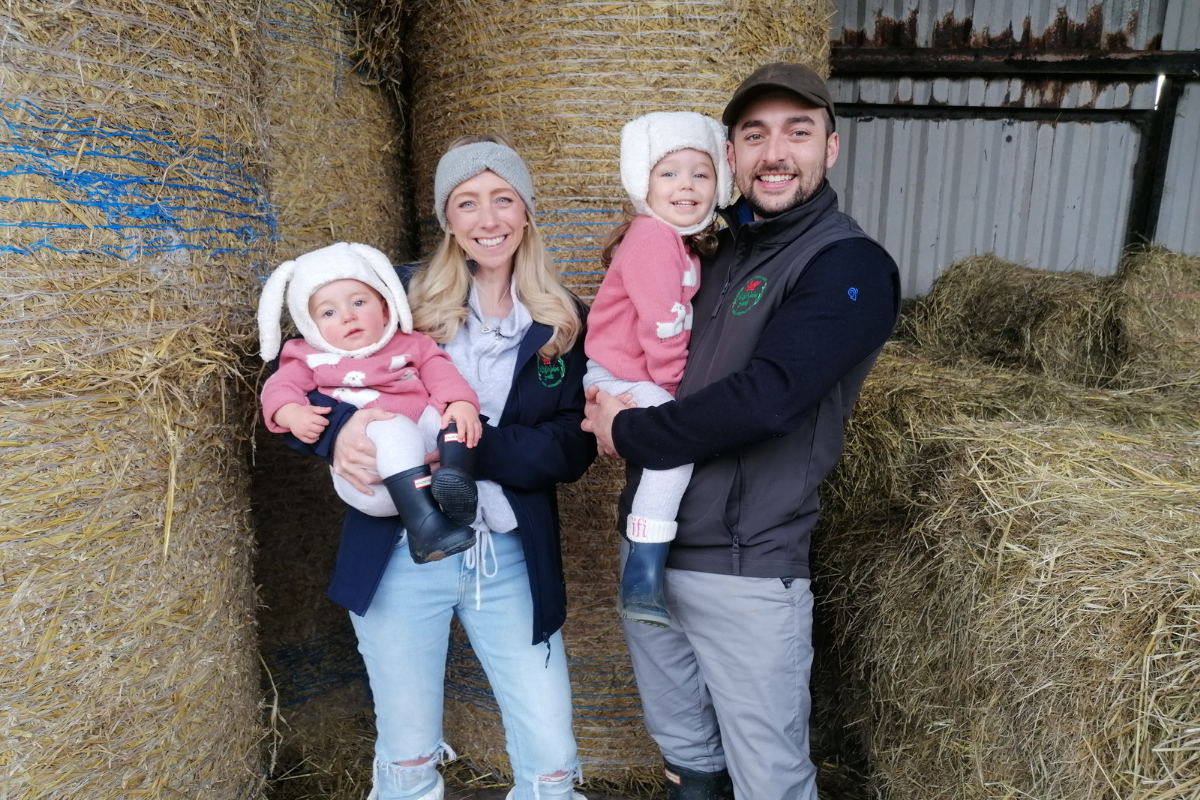New crop trials promise green energy, carbon offsetting and huge benefits to wildlife
Early trials are underway ahead of a major UK-wide trial of Sunergy, a low maintenance perennial crop that promises to absorb carbon, provide green energy and boost wildlife populations. Further uses, from human food to cosmetics and packaging, are also being explored.

If the trials go well, Sunergy could replace maize as a rotation crop and solve many problems associated with cropping rotation, from the use of pesticides to soil erosion.
Looking towards a future where carbon credits will be traded and farms will be paid by companies to offset their carbon emissions, the potential use of Sunergy for carbon sequestration is especially promising. Sunergy’s complex root structure acts as a carbon sink, while improving soil health and is an excellent nectar source for pollinators.
A low input/high output crop, Sunergy is suited to wide range of growing sites, and being a perennial plant, its roots continue to grow year on year and the soil remains undisturbed. This allows networks of beneficial microbes to flourish, further increasing the amount of sequestered carbon.
The Sunergy root system also loosens the soil and supplies it with oxygen, causing it to absorb more water and reducing the risk of erosion. In addition, the soil is covered and protected all year round, and Sunergy provides an ideal habitat for insects and birds. It also has a very low fertiliser and agricultural chemical input requirement, making it cost effective and good for the environment.
Trials in Kent, north Lincolnshire and South Wales will test the performance of Sunergy, whose Latin name is Silphium perfoliatum. Also known as compass or cup plant, it is a member of the Asteraceae family, has a 10–15-year life span, and once established is resilient, reliable, and unaffected by major pests or diseases.
Sunergy can be used as a ruminant feed and an anaerobic digestion (AD) fuel: its dry matter yield is like a good crop of maize silage.
Nick Green, agronomist at Newtone Agriscapes, which is the UK distributor for Sunergy commented:
“The gas yields are approximately 80% of that of maize but, due to the low input nature of the crop, there is an economic advantage to growing Sunergy over a ten-year period.
Sunergy is a more consistent crop than maize so budgeting for production is made easier without concerns of over and under production of feed stocks, meaning less land rents or outsourcing production.”
A low maintenance crop that is sown once then harvested for 10-15 years, Sunergy’s wider usages are still being explored. Work is underway to develop use of its fibre in packaging and to use its proteins in products such as cosmetics. Sunergy is also suitable for use in vegan friendly foods.
Nick added:
“Once established, Sunergy is a very low input crop with high outputs. It’s resilient and reliable in a changing climate and is suited to a wide range of sites, even the more marginal ones. It’s beneficial to the environment and wildlife, can be used as silage for anaerobic digesters, and has multiple other benefits and applications, from animal feed to carbon sequestration. It’s a way for farmers to remain productive and profitable while also being kinder to the environment and wildlife.
I’m from a practical farming background and have worked within the seed trade for 10 years as a technical sales specialist. I specialise in forage and regenerative agriculture and in agronomy for unusual seed crops. My approach to agronomy is to use biological and cultural methods before heading to the spray shed. I discovered Sunergy by chance in conversation with a colleague and I quickly realised I had hit upon something unique. I’m extremely excited about Sunergy as a crop type, not only because of its benefits to the grower but for the impact on our environment and farmland wildlife.”
Rhys Jenkins, who is running the South Wales trial at Model Farm at Fonmon near Barry in the Vale of Glamorgan adds that he is delighted to be trialling Sunergy.
“Like Nick, I’m committed to farming methods that benefit wildlife and the environment, and the advantages offered by Sunergy are vast,” he says. “As a crop that couples so many environmental gains with cost savings and the potential to create further lucrative income streams, Sunergy really is the Holy Grail of modern farming. I’m looking forward to developing our use of it over the coming year.”